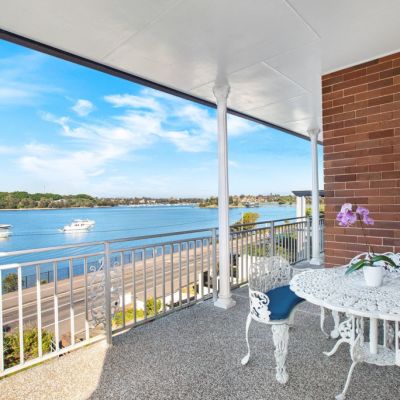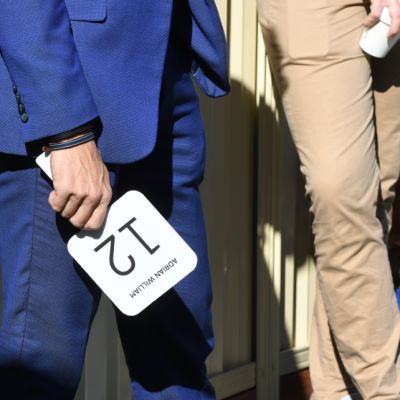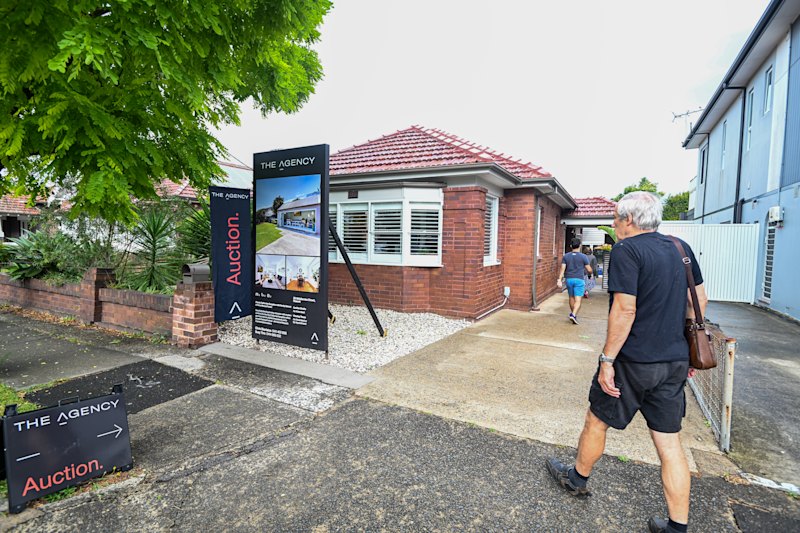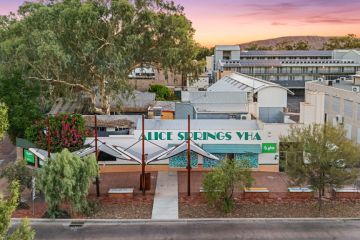Why the housing market and household finances are still in good shape, despite lockdowns
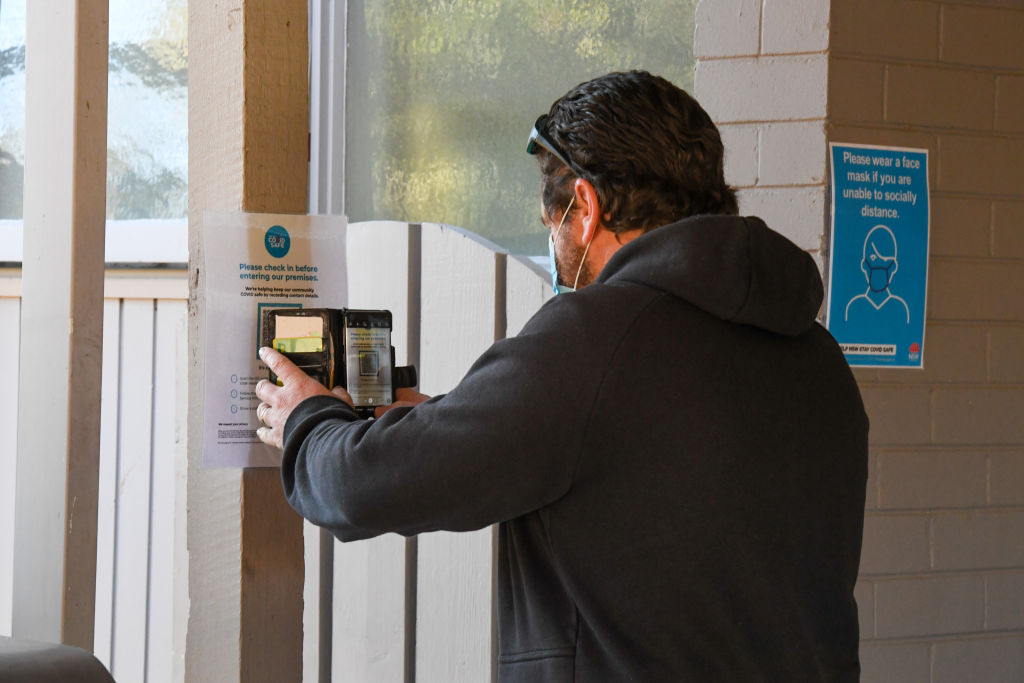
Government income support, the onset of the vaccine rollout and familiarity with lockdowns has helped households stay afloat and avoid major financial or housing distress so far, economists say.
With Sydney entering its eighth week of lockdown, the rest of NSW also locked down this week, and Melbourne, Canberra, Darwin and Katherine also locked down, there are concerns that as restrictions drag on they will weigh down on the housing market and household financial situations.
But so far there are very few signs of housing distress when compared to last year: loan deferrals are at a fraction of the first lockdown, price discounting is minimal and there is a relatively low number of distressed sales.
CoreLogic found auction clearance rates fell to 72.3 per cent across the combined capitals last weekend, but had fallen from a very high base and continued to be a strong indicator for households’ appetite to transact on properties, even through lockdowns.
Strong support and healthy balance sheets
Commonwealth Bank of Australia’s head of Australian economics, Gareth Aird, said the support of banks and governments had helped give households confidence throughout this outbreak.
“There’s a collective recognition that the lockdown doesn’t go on forever, and [that] the vaccination rate going up will re-open the economy,” Mr Aird said. “A lot of households have saved quite a bit of money over the past year and it could be the case that they’ve got enough saved up.”
Last year many households took out loan deferrals pre-emptively as an insurance policy and did not need it in the end, he said, which could explain why uptake of that safety measure was low this time around.
When Sydney entered this lockdown, many households had strong balance sheets and the housing market was at an all-time high, said Jo Masters, EY Oceania chief economist.
“The economy was strong going into this, we understand more about [COVID-19], and I think there is less fear around losing your job and greater confidence that house prices can be resilient,” Ms Masters said.
“Households went into this with a significant savings buffer saved up over the last year. We can’t go out and spend a lot and income is being broadly supported,” she said, adding that consumer confidence had fallen but it was nowhere near last year’s levels, and it had also fallen from a higher level.
About $55 billion was deposited into offset and redraw accounts around the country in the first quarter of this year, the Reserve Bank of Australia found.
The combination of record house prices, more savings, less spending and very low interest rates was still working towards a robust housing market, she said.
“The fundamentals underpinning the housing market would suggest it’s quite resilient,” Ms Masters said.
While there would be pockets of Sydney where households would be struggling, she said, on the whole households and the broader housing market was performing well.
“There are whole parts of the rest of the country doing OK still. WA’s economy is looking really strong, South Australia has had minimal disruption and Queensland has had relatively little disruption. Whereas April, May last year there was a nationwide lockdown.”
With mortgage holidays on offer, government income payments and a plan out of lockdown, there was enough material support and consumer confidence for households to hold on, said Paul Bloxham, HSBC chief economist.
“When households or businesses look forward, you see a pathway out and that involves a vaccine rolling out and the eventual reopening of the economy,” Mr Bloxham said. “It is very different from the experience we had in the first half of 2020.
“Overall the housing market is well supported pretty much across the country. The major factor there is that interest rates are going to stay for a long time”
He said there was also a tangible sign of confidence through the sustained clearance rate: “People willing to buy and sell houses is a sign of some confidence … they’ve all weakened but they’re in a lot better shape than the initial shock in 2020.”
Signs of a slow-down
Sydney asking prices for houses have fallen four straight weeks in a row, down 4.5 per cent in the past 30 days, an early sign that the ongoing restrictions were beginning to slow down the Sydney housing market, said Louis Christopher, SQM Research managing director.
“We’re reporting very high sold-prior rates. Vendors are willing to take the offer, they don’t want to muck around and want to sell,” Mr Christopher said.
With housing finance approval falling in June too, first-home buyers and owner-occupiers could be holding back a little bit, he said. “If these lockdowns make it all the way through to December that’s got to be bad news for the housing market.”
But at the moment, distressed stress selling was lower than last year with 798 distressed listings in NSW, Mr Christopher said.
Back in October last year, there were 2250 distressed listings in NSW.
The recovery
A lot remains unknown as the other side of lockdown is unfamiliar territory, economists agreed.
“This time around we’re not exiting out of COVID-zero and we don’t know what that means; how households will spend, the amount of people returning to work, mobility in the CBD,” Mr Aird said. “We’re in uncharted waters, basically.”
He said it was “early days” and there were still a few more months to go before Sydney’s economy returned to any kind of normality.
“As that dawns on households and businesses, you’re likely to see more cause for support, particularly for businesses.”
The economic recovery could look different too, with less of a snapback like that experienced last year, said Mr Bloxham.
“It might be a lot more gradual this time around … it could be quite a bit of time yet before we get a stronger recovery and that will continue to put some stress on households and businesses,” Mr Bloxham said.
“It’s holding up much better than last year but we have to watch and see how it all plays out over the next few months.”
We recommend
States
Capital Cities
Capital Cities - Rentals
Popular Areas
Allhomes
More

